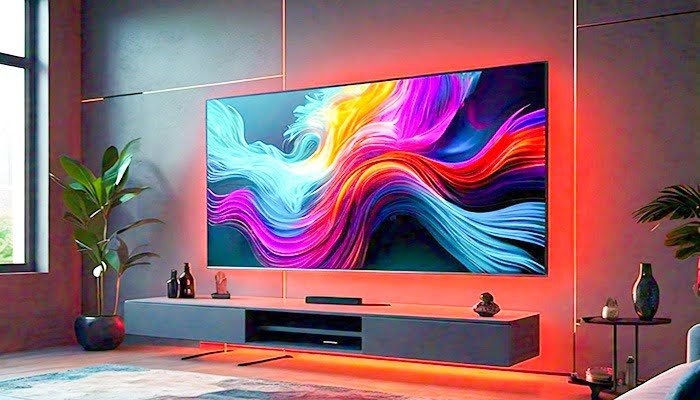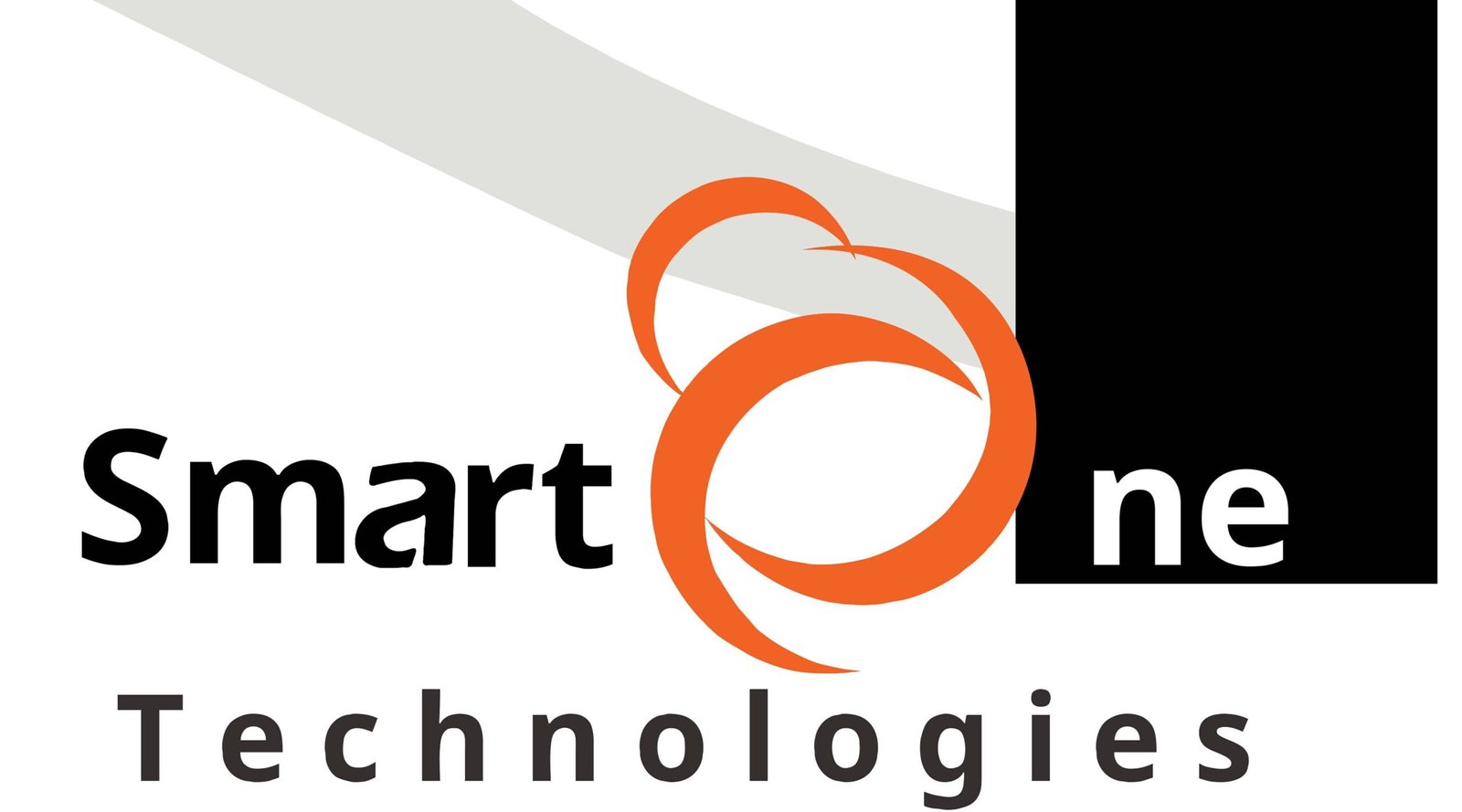Introduction
The demand for new display technologies is on the rise in today’s digital age. Surface Mount Devices (SMD) displays are one such technology that has seen a dramatic surge in popularity. The screens offer improved image quality and energy efficiency. They are also versatile.
Evolution of Display Technology
Display screens such as liquid crystal displays and cathode-ray tubes have paved the path for today’s display technology. SMD screens were a major milestone in the display industry, as they offered a compact and more efficient alternative. SMD screens have been adopted by many industries over the years, resulting in a shift to sleeker, more immersive visuals.
The Key Innovators Driving Popularity
- Component Miniaturization SMD displays are distinguished by their small size and lightweight design. This is made possible through the miniaturization of electronic components. The miniaturization of electronic components has allowed for the development of thin and portable displays.
- Improved Image Quality SMD displays boast vibrant colours, crisp images and high resolution. This enhances the user’s viewing experience. The integration of advanced LED technologies has been crucial to achieving superior image quality.
- Energy Efficient: SMD displays consume less energy than traditional display technologies. They are, therefore, more cost-effective and environmentally friendly. The energy efficiency of SMD screens has led to their wide adoption in a variety of applications.
- Versatility and Flexibility SMD screens are flexible in size, shape and configuration. They can be installed in a variety of environments. SMD screens are versatile enough to be used as indoor signs, outdoor displays or even curved screens.
Application of SMD screens
SMD screens are widely used in many industries due to their versatility.
- Marketing and Advertising SMD screens can be used in commercial and retail buildings to display dynamic advertisements. They attract customers by using vibrant images and interactive content.
- Entertainment Industry: SMD screens are used in concert halls and stadiums to provide audiences with immersive experiences during sporting events, concerts and live events.
- Transportation and Traffic Management: Screens are embedded into urban infrastructure and transportation hubs to display real-time traffic information and announcements.
- Health Sector SMD displays are used in hospitals for digital signage and patient education. They also improve communication in the healthcare setting.
- Training and Education SMD screens can be incorporated into classrooms, training rooms, and lecture halls to improve interactive learning through multimedia presentations.
Challenges & Solutions
SMD screens are not without their challenges, despite all of the benefits they offer.
- Considerations: Initial investment for SMD screens can be more expensive than other display technologies. SMD screens are now more affordable thanks to improvements in manufacturing.
- Durability and Maintenance Proper maintenance will ensure that SMD screens last as long as possible. They may become damaged by environmental factors or from mishandling. Cleaning and inspecting screens regularly can mitigate any potential problems.
- Issues with compatibility: Installations can be complicated if the infrastructure or systems are not compatible. Manufacturers offer solutions, such as software updates and compatibility adapters, to guarantee seamless integration.
- Technological Innovations Addressing Challenges: Research and Development efforts are ongoing to tackle these challenges with innovations like modular design, remote monitoring, and self-diagnosing systems.
Trends for the Future and Projection
SMD screens are set to undergo several changes in the coming years.
- IoT Integration SMD Screens will increasingly be integrated with Internet of Things devices (IoT) and AI systems. This will enable smart and interconnected display options.
- Continued Enhancement of Image Resolution: Advances in LED technology will lead to even higher resolution displays with greater pixel density, offering ultra-high-definition viewing experiences.
- Expanding into New Industries, SMD screens are finding applications in new industries, such as virtual and augmented reality and wearable technologies. This will drive innovation and adoption.
Environmental Impact
SMD screen manufacturers are increasingly focused on sustainability in production and disposal.
- Sustainable Production Practices: Businesses are adopting eco-friendly processes to manufacture products and use renewable materials in order to reduce their environmental impact.
- Disposal and Recycling Solutions: The end-of-life disposition of SMD displays is addressed by recycling programs and initiatives for responsible electronic waste management.
Consumer Adoption & Market Growth
Various factors are driving the demand for SMD displays.
- Growing Demand for SMD Displays Consumers are attracted to SMD displays because of their superior quality images, energy efficiency, and versatility. This is driving adoption in many industries.
- Growth Factors and Market Projections: Analysts predict continued growth for the global SMD market. This is due to technological advances, expanded applications and increased consumer demand.
Case Studies
SMD displays have been successfully implemented in a variety of sectors.
- Retail: Leading retailers are using SMD screens to create digital displays and engage their customers.
- Entertainment: Large-scale SMD displays are used in concert venues and sporting stadiums to provide live coverage of events and immersive visual effects.
- Transport Airports and railway stations use SMD screens to provide information and advertisements for passengers, as well as wayfinding.
- Health Hospitals and Medical centres use SMD displays in patient rooms, waiting areas, and operating theatres to communicate and educate.
- Education Schools and Universities use SMD screens to create interactive learning environments.
Considerations for Regulatory Compliance
Regulatory agencies set standards and guidelines for SMD screen manufacturing and usage:
- Standards of Compliance for SMD screens: The manufacturers must comply with regulatory requirements related to product safety, electromagnetic compatibility and environmental sustainability.
- Government Policy and Regulations: Governments adopt policies and regulations that ensure responsible usage and disposal of electronics, including SMD displays.
Investment and Innovation
Display technology continues to be a sector that attracts investment and drives innovation.
- Research and Development Initiatives: Companies invest in research and development in order to improve SMD screen performance and meet emerging market demands.
- Venture Capital in Display Technology Venture capital companies support innovative startups in the display sector. They encourage entrepreneurship.
Global influence
The adoption of SMD screens varies by region and depends on factors like market dynamics, regulatory frameworks, infrastructure, and development.
- Adoption trends in different regions: The adoption of SMD displays is a leading trend in developed economies, which is driven by technological advances and consumer demand.
- Global Economy Trends and Impact The adoption of SMD displays contributes to the growth and development of global industry.
SMD displays are a major advancement in the display industry, providing improved image quality and energy efficiency across a wide range of applications.



2 Comments on “Exploring the Innovations that Drive SMD Screens’ Popularity”
How SMD Screens are Transforming Xtapa Restaurant in Islamabad says:
[…] SMD Screens are a fascinating new technology! SMD screens are the reason you might have been impressed by the visuals in a restaurant or even a hi-tech workplace. SMD screens have revolutionized the technology world. Today, we explore their impact on one of Islamabad’s most popular dining establishments: Xtapa Restaurant. […]
The Illuminated Evolution: A Journey Through Communication Screens says:
[…] of the late 19th century when innovators from the early days experimented with basic technology for display. Early research led to the creation of the cathode tube (CRT). This imposing but revolutionary […]